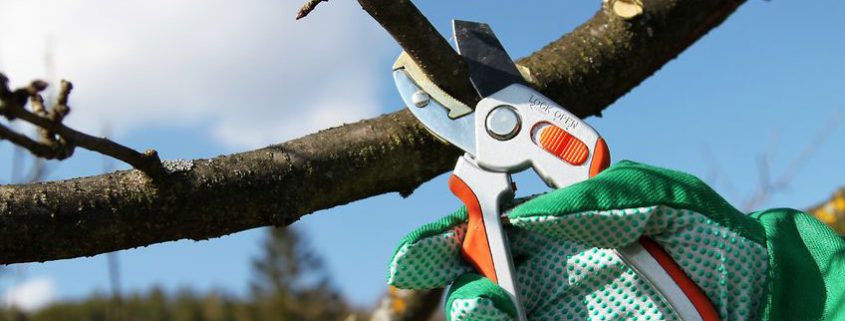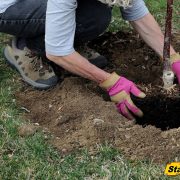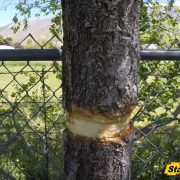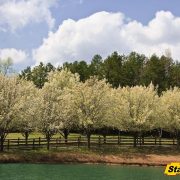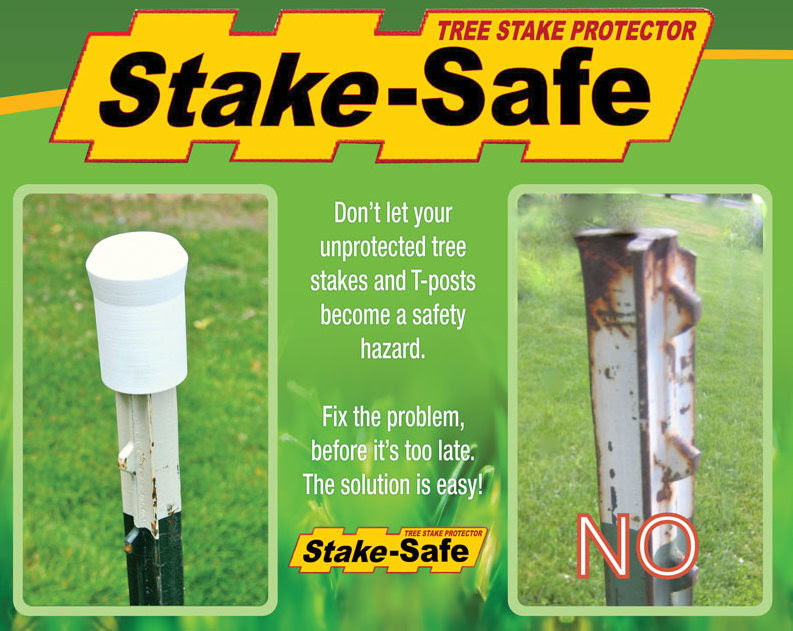Sealing Tree Limbs After Cutting or Pruning Your Trees in the Fall
The additional step of sealing tree limbs after pruning may or may not be necessary. As a tree grows you may find that it’s limbs may interfere with phone lines or the tree branches may come into contact with your home, shed, or garage. In most of these cases it will be necessary to remove the tree limb to avoid damage to your property. Since this will more than likely occur during the growing season you will need to apply sealant after removing the unwanted tree limbs.
If you cut the tree limbs in the dormant season it may not be necessary to seal the affected area. The tree can take its natural course and seal itself. However; if the branches are cut during the growing season you should apply a thin layer of sealant to the exposed area of the remaining stub. To ensure that the sealant adheres properly you should clean the affected area prior to application of the sealant. Brush off any loose dust or debris so that the sealant will bond properly and not flake off.
When Sealing Tree Limbs is a Must
When weather conditions are extremely dry, the tree cannot heal itself quickly. The application of a liquid pruning sealer will help the tree retain moisture and remain healthy.
If you must remove a tree limb during the spring or summer growing season to avoid damage to your home, the cut area will be more susceptible to damage from insects and disease. In this case, you should apply a sealant to the cut area.
Proper Method for Sealing Tree Limbs
Follow these steps for properly sealing tree limbs when the application of sealant is a must:
Use Sharp Tools: You can cut smaller branches using a typical garden shear. For larger branches a saw may be required. In both cases, the tools must be sharp to avoid fraying. Be sure to support the branch when making the final cut to avoid stripping away the bark on the remaining portion of the tree limb.
Remove Jagged Edges: Don’t cut the branch off too close to the tree trunk itself. It is best to leave a 1” or 2” stub behind. If your initial cut is rough and jagged it will be more difficult to seal the remaining stub. Recut the branch by removing another ½” off the stub to create a smooth flat surface.
Clean the Stub: Before you apply the sealant you should clean off the stub. Remove any dirt or debris that would make it difficult to apply the sealant.
Apply the Sealant: Use a paintbrush to apply the sealant to the exposed wood. Many sealant containers come with a brush already attached to the underside of the container lid. Be sure to cover all of the bare edges.
Inspect Your Work: Allow about one hour for the sealer to fully dry. Then you can wipe the stub with a rag to see if you have missed any part of the stub. If so, reapply the sealant to the uncovered areas.
If the tree in question is young or newly planted be sure to use the Stake-SAFE kit to support your newly planted tree.
Contact Us:
If you have additional questions about the proper method for sealing tree limbs and how to use our Stake-SAFE kit get in touch. Contact the Stake-SAFE Customer Support Team

